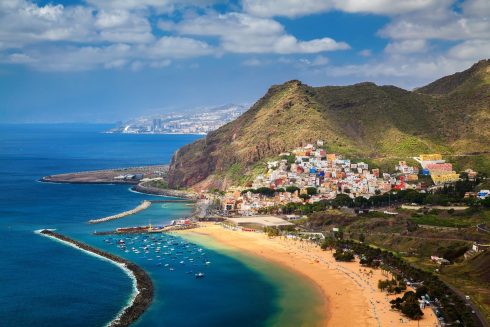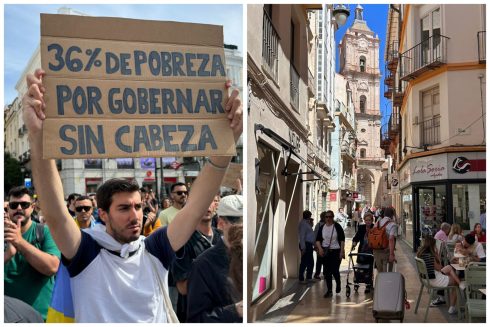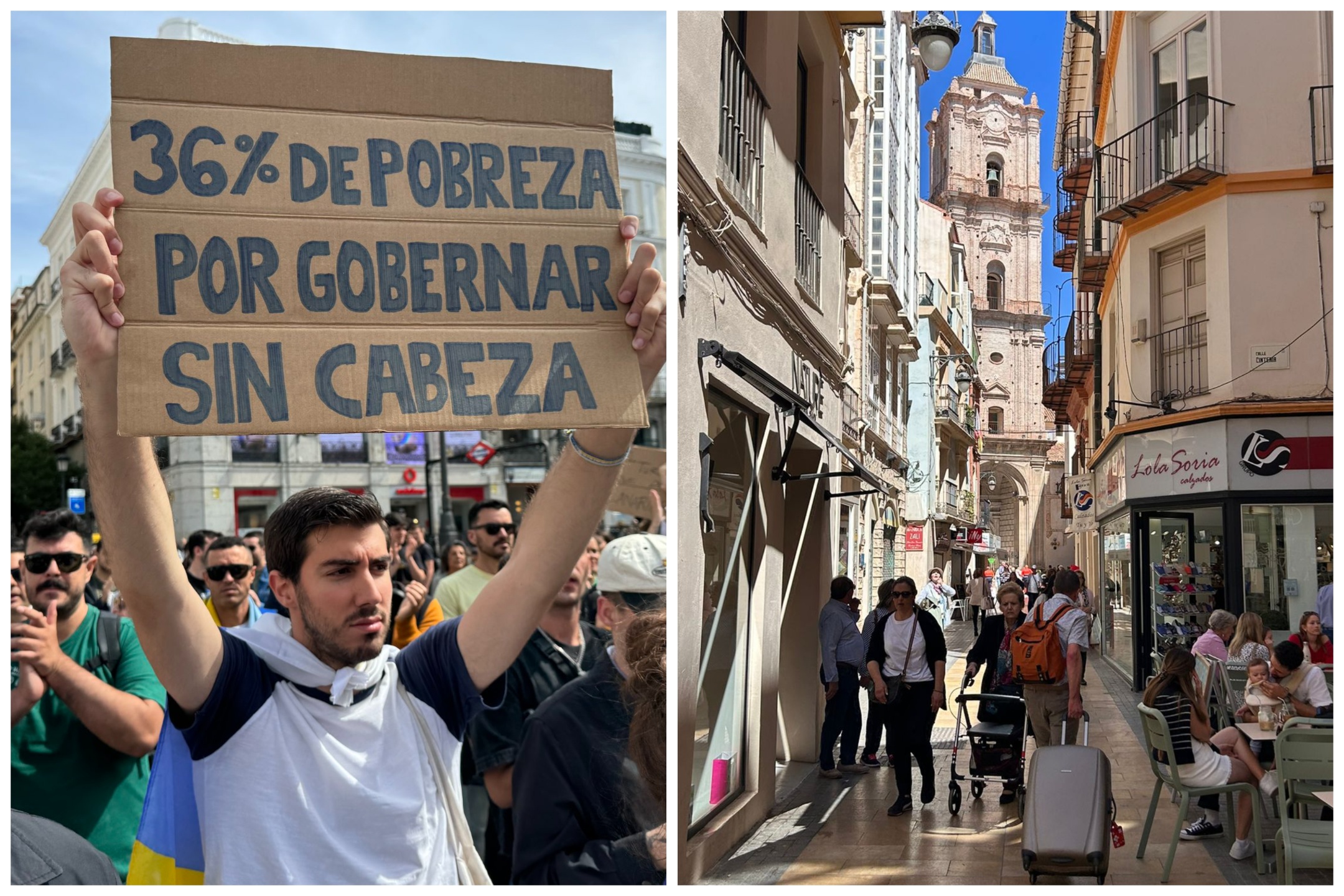NEW data from Caixabank suggests the Spanish tourism industry is growing at nearly twice the rate of the rest of the economy, bringing in unprecedented income as visitors spend more each year.
The data comes as Spain is set to top 90 million tourist arrivals by the end of 2024, surpassing the record breaking 85 million in 2023.
And tourists are spending an average of €1,300 each — 19% more than they were pre-pandemic — leading to the sector representing a staggering 13% of the national GDP.
But, as locals have been quick to note, this wealth isn’t so evenly distributed.
It comes amid historic protests against mass tourism across the country, sparked by the April 20 demonstrations and hunger strikes in the Canary Islands led by the organisation Canarias Se Agota.
The industry that on paper appears to be generating wealth has been accused of contributing to gentrification, overcrowding, housing, and cultural clashes in tourist hotspots.
Residents claim governments want to cash in from deep-pocketed foreigners at the expense of their quality of life.

To complicate matters, many of the country’s most popular tourist destinations are poor regions with relatively weak economies.
Governments in said regions are reliant on the tourism industry for income, but these days, the benefits seldom reach the working class that staff the hotels and restaurants.
The Canary Islands is a particularly striking example of this catch 22. The islands are Spain’s third most popular community for tourism after Catalunya and the Balearic Islands.
It has a population of just 2.2 million but received nearly 14 million tourists in 2023.
But after Andalucia, the Canaries is also the second poorest autonomous community, with statistics from the European Anti-Poverty Network revealing that in 2022, more than one-third of the population was at risk of poverty or social exclusion, a rate nearly 2% higher than the previous year and 44% higher than the national average.
Some 21.5% of the population earn minimum wage salaries — the second highest rate in Spain — while average salaries hover around just €1,900 per month, or 26% below the national average.
The islands are also Spain’s most inflationary region, at 3.8% inflation compared to the 3.1% national average.

Poverty is also visible and striking in the so-called “barrios chabolas,” or “shanty towns” of Tenerife.
These are essentially tent encampments, often in eyeshot of the island’s numerous ultra-luxury resorts.
They are populated by homeless hospitality workers unable to afford rent in the tight housing market despite their salaries, many of whom work in the very hotels that gaze down upon their slum-like living conditions.
All the while, tourism companies double down on their activities, buying out residential apartment blocks to convert to vacation rentals and increasing the pressure on the already tight rental market.
According to Idealista data, this is leading to rising rental prices in Spain, breaking records nearly every month for the past year.
While Barcelona appears poised to crack down on tourist apartments, with left-wing mayor Jaume Colboni announcing on June 22 that the city would revoke licences from all 10,101 of its tourist apartments in the coming years, the situation remains bleak elsewhere.
In Madrid, beloved local businesses are forced to relocate after receiving notices in the mail that their property has been purchased by an investment firm and will be converted to tourist apartments.
And back in the Canaries, the highly controversial 2013 Tourist Law has entire regions declared as tourist zones, forcing homeowners to abandon their properties — even if it’s their primary residence — and sell them to a tourist exploitation company or face up to €30,000 in fines.

Meanwhile, tourism has brought staggering economic growth to the Canarian economy, growing 3.8% in 2023 alone — largely due to the tourism sector — significantly more than the national GDP, which grew just 2% in 2023.
Interestingly, the hotel price index — a statistic used to gauge the evolution of average hotel prices over time — increased by 8.9% percent in 2023, indicating hotel profitability is on the rise.
Compare this to the increase of average salaries over the same time period — just 2.75% — and one might begin to recognise the grave contradictions in this economic model and understand what has infuriated residents, pushing them to take to the streets in historic numbers back in April.
The story of the Canary Islands’ unsustainable relationship with tourism is one that is repeated all over Spain and Europe more broadly, which probably explains why the movement that began in the Canaries in the spring has spread like wildfire throughout the peninsula, igniting peaceful demonstrations and galvanising communities to demand more from their governments who, so far, seem to have prioritised growing their GDPs over the wellbeing of their citizens.
READ MORE:
- Cadiz joins ‘anti-tourism’ movement in Spain: Locals accuse visitors of ‘stealing our city’ as they plan huge protest this month
- Huge anti-tourism protest is planned for Malaga: Fuming locals to ‘take to the streets’ to decry ‘property exploitation’ and ‘s**t salaries’ that have made the city ‘unliveable











